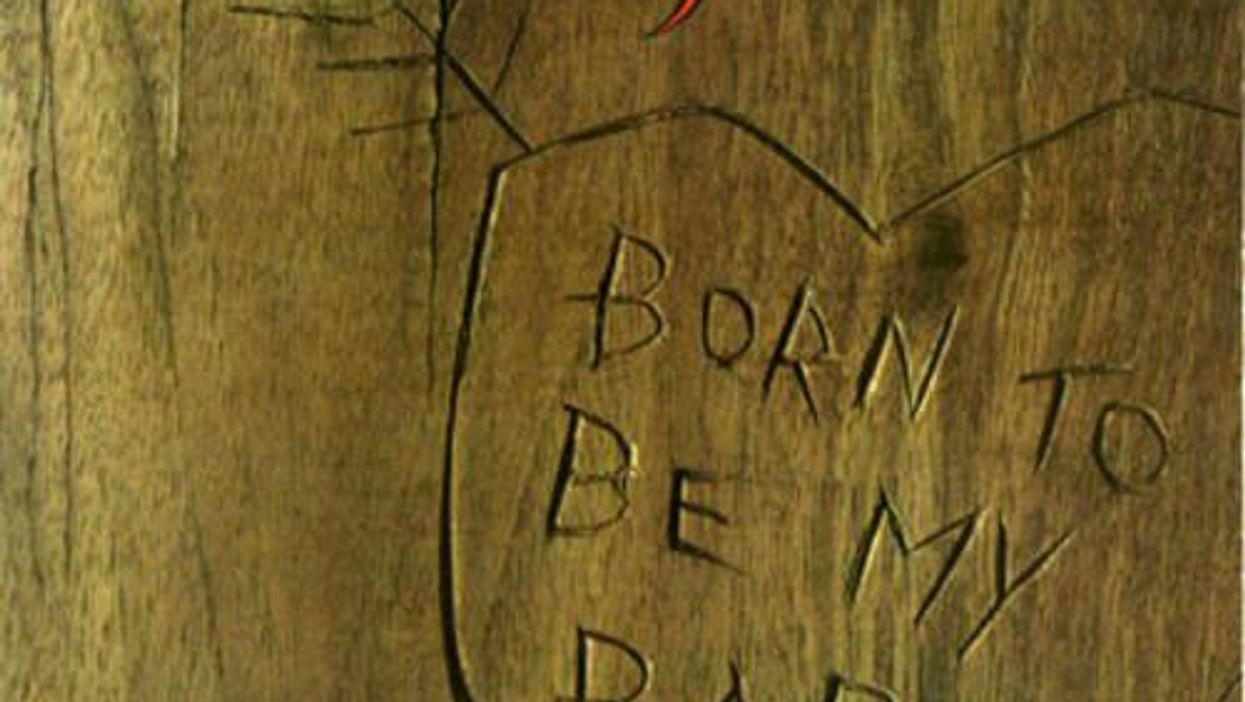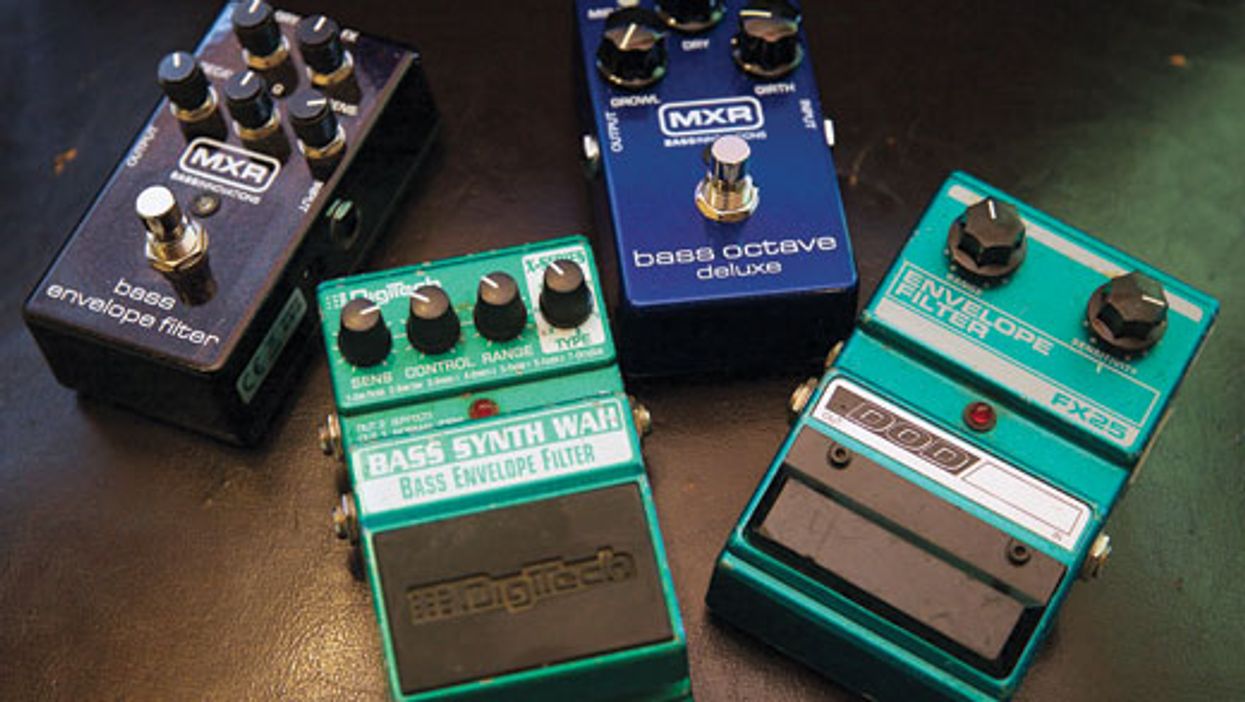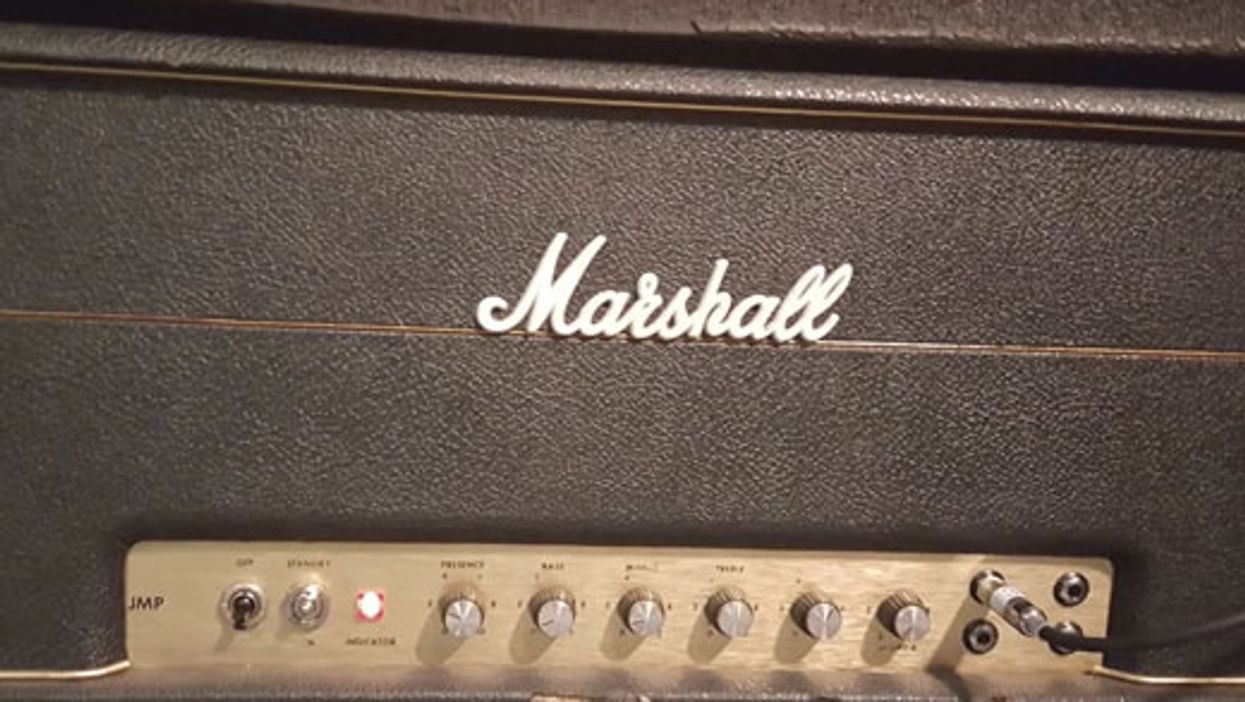I'd like to dig into a bass line I briefly touched on in a previous column: Hugh McDonald's bouncy, active line on the late-'80s Bon Jovi hit “Born to Be My Baby." Even if you're not familiar with the song or absolutely can't stand Bon Jovi's music, don't stop reading.
The techniques applied in the writing and execution of this line are must-haves in your bassist toolbox. They're built on basic harmonic principles, but are also astoundingly effective—and not the obvious thing to play. Using a mix of arpeggios and chromatic-approach notes as musical glue, the line is on par with some of McCartney's and Jamerson's finest—and you'll see and hear both of their influences.
The chorus chord progression can be found in thousands of songs. (I dare say I see it embedded in sections in perhaps a third of the modern pop/country songs I play in sessions.) In the Nashville number system, the chorus is written as a 6- 4 5 1 in C. (That's Am–F–G–C to non-Nashville players.) It's also common in the melodic radio-rock genre pioneered by Journey and Boston in the '70s.
McDonald's line is an original (and singable) way to connect these chords. The bass is mixed nice and loud on the track, so figuring out the notes is relatively easy. Ultimately, this line is a shining example of playing bass like a producer by building separation and anticipation to enhance each section of the song.
Verses. These are in the classic Bon Jovi style: a mostly minor-pentatonic hook similar to the ones anchoring such earlier band hits such as “Livin' on a Prayer" and “You Give Love a Bad Name." (If we go back even further to the 1966 classic “Black Is Black" by Los Bravos, we find the same bass hook nearly note-for-note. If you're going to borrow, do it from the best, right?)
I like how the line is basically a three-note pattern that doesn't anchor the line rhythmically on the downbeat of every measure. The first pattern on the F#m chords: root, 5 below the root, and then 7 below the root. On the E chords, the line does almost the same figure in major pentatonic (root, 5 below the root, and 6 below the root). This simple line is great to have in the back of your head. I sometimes throw it into other songs when I hear that fast 4/4 snare pattern. It's a bona fide hook!
Pre-chorus. The pre-chorus makes an astoundingly efficient change from the busy verse part (that rhythmically skips some downbeats) by pretty much doing the opposite thing—laying down good, old-fashioned rock 'n' roll eighth-notes, thereby simplifying and straightening out the feel. The line repeats the same chord progression twice, but the second time, a descending major-pentatonic lick is used on the F chord and a quick walk up the major scale is played over the G chord to add variety to the repeated chord progression. By giving the pre-chorus a somewhat more straight and simple feel, the chorus really hits you hard.
The chorus. Compared to the fairly basic verse pattern, the chorus' bass line gets more involved. Still, the figure on the starting Am chord contains a direct quote from the line in the verse we looked at earlier (the 5 and the b7 below the root note). This is a great way to start a chorus, especially after using a completely different feel in the pre-chorus. By using this verse quote, the opening of the chorus brings the song “back home," so to speak. Brilliant!
The line on the F chord goes the opposite direction by playing an ascending arpeggio (root, 3, 5, and octave). In his next move to approach the G chord, McDonald goes a half-step in the “wrong" direction down to E, and then climbs up chromatically to a G. This is a common trick for walking jazz-bass lines, and it might be my favorite part of the song. Once we've landed on the G, another verse quote happens where we're technically just using notes from a major pentatonic: the root, the 5 below, and the 6 below.
Let's stop and recap what happened on the first three chords. We have four distinctly different approaches: notes below the root borrowed from a minor 7 arpeggio, notes ascending in a triad, an ascending chromatic figure that starts below the root note of the chord, and a figure derived from a major pentatonic. This all occurs within about five seconds of actual music and it still feels relaxed! The first time I put the four things together, it blew my mind.
The concept and sound of using a different approach on every chord truly is the lesson here. This technique prevents the line from ever sounding like a repeated exercise. There are obviously more parts to this song, but all the specifics that make it legendary to me are here in this column. So go ahead and steal these patterns, and use them often. You might already be doing so without knowing it.
















